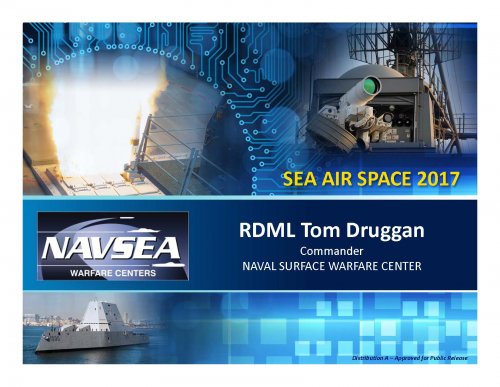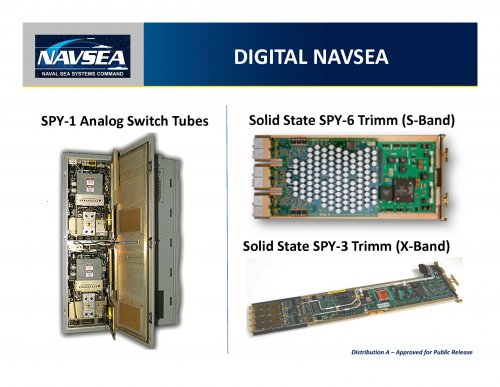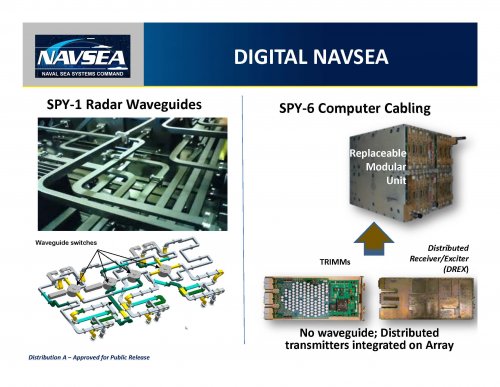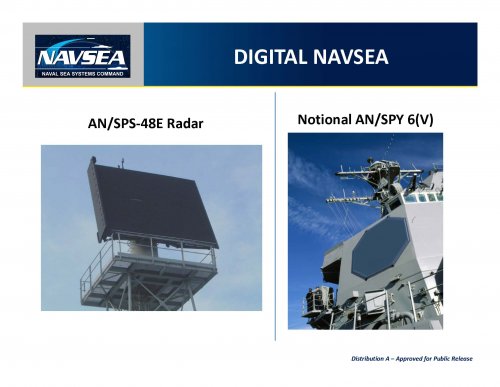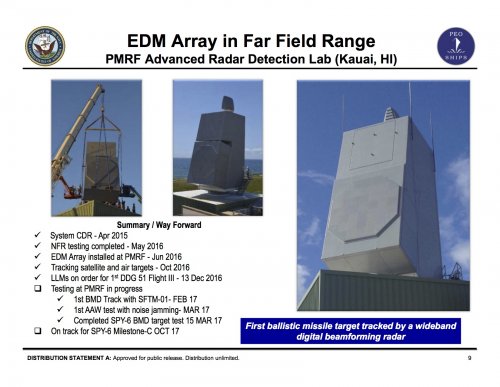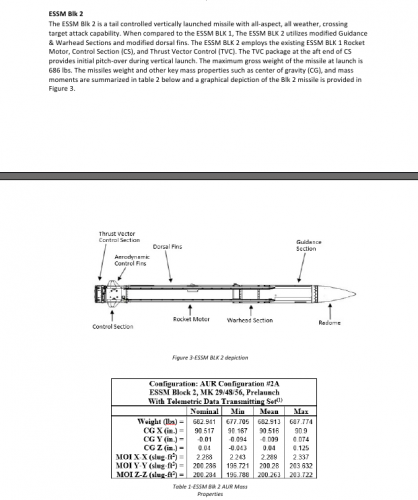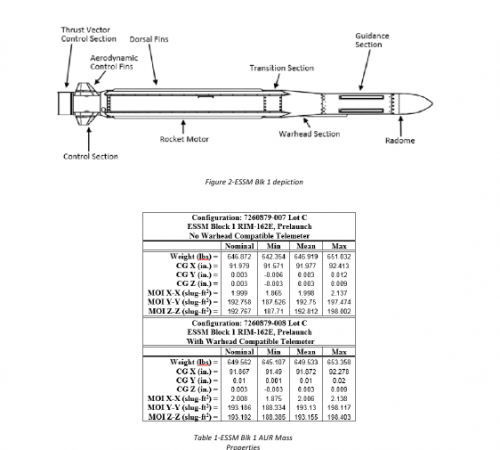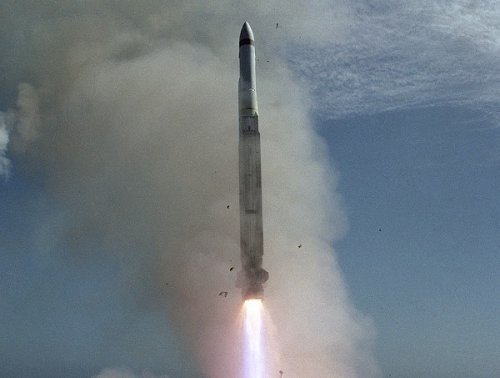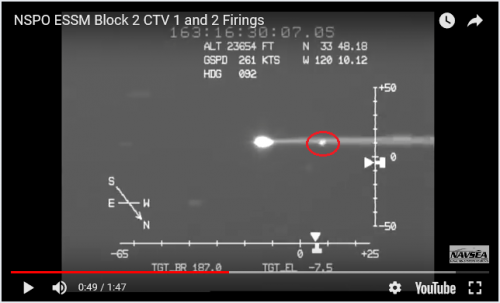The Navy's Air and Missile Defense Radar program, being built by Raytheon, managed to pull off an atypical feat for a major Pentagon weapon system project: conclude engineering and manufacturing development many months ahead of schedule.
On April 29, the acting Pentagon acquisition executive cleared the AMDR program to proceed into low-rate initial production, four months earlier than the most optimistic date of July 2017 set by the Navy in 2013, and six months earlier than the September 2017 AMDR program manager estimated last year.
"Milestone C was achieved earlier than previously estimated because developmental engineering for the system hardware is complete and the program had completed statutory requirements," Navy Capt. Thurraya Kent, a spokeswoman for the Navy acquisition executive, told Inside Defense May 17. "The Navy was also able to preserve competitive pricing and assure system deliveries will support ship construction schedules," Kent added.
The AMDR -- dubbed the SPY-6 -- is in development for the next variant of the Navy's Arleigh Burke-class destroyer, the DDG-51 Flight III. It will be the most powerful sensor of its kind in the Aegis fleet -- more than 30 times more sensitive than the currently fielded Aegis radar. The Flight III upgrades also give the destroyers increased shipboard power production -- to support the larger radar -- and hull enhancements.
The AMDR program, a $5.9 billion project to develop and procure the new sensor for Flight III ships, is developing a suite that includes a new S-band radar capable of both ballistic missile defense and air defense as well as an X-band radar, the SPQ-9B. AMDR also includes the Radar Suite Controller, a new component that -- according to the manufacturer -- will "manage radar resources and integrate with the ship's combat management system."
What impact does achieving this milestone early have on the program?
"Achievement of MS C allows limited production of the first three shipsets of SPY-6 equipment at competitive pricing," Kent said.
On May 1, the Navy exercised a $327 million contract option for low-rate initial production for a first batch of the new S-band radars, the latest action on a potential $1.6 billion contract the government awarded Raytheon in 2013. This follows a $110 million contract the Navy awarded Raytheon's Integrated Defense Systems in Sudsbury, MA, last December to begin buying long-lead materials in anticipation of the LRIP decision.
Schedule estimates for future milestones are not affected, she added, effectively buying the program buffer for the goal: meeting the "in yard need date" to deliver the first shipset for integration with the lead Flight III ship no later than September 2019.
Last summer, the Government Accountability Office found the AMDR program was progressing as planned "but extensive development and testing remains." Further, citing the complexity of ship design and construction changes associated with integrating the AMDR into the DDG-51, the GAO report recommended the Navy delay procuring the lead Flight III ship.
The Pentagon's portion of the fiscal year 2017 omnibus appropriations bill includes a provision that directs the Navy to postpone plans to proceed with the first Flight III ship and instead award a DDG-51 Flight IIA ship.
What impact does this directive have on the AMDR program?
"None," said Kent. "The initial AMDR production units will be delivered to support Flight III construction schedules. The Navy continues negotiations with both shipbuilders for the Flight III capability," she added.


